Ema is a small wooden board where Shinto worshippers in Japanese culture write their prayers.
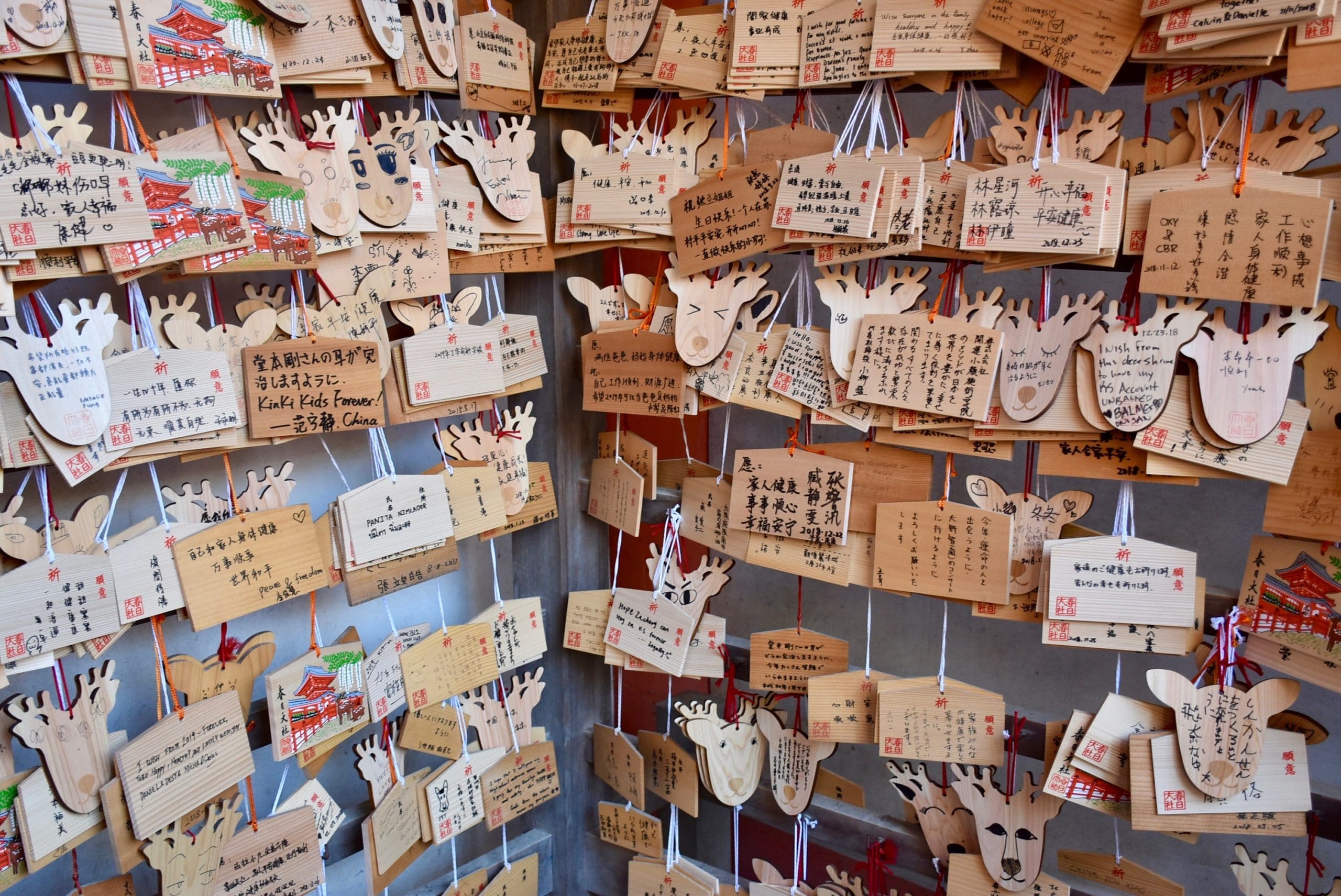
Ema board is sold in the shrine ground for 1000 Yen upwards. On one side, a picture will be drawn deciphering a symbol of sacrifice, the shrine or the occasion. On the side, the empty side is where we can inscribe prayers and wishes.
Once written, we should hang the board with other boards in a designated place inside the shrine and leave it there. It’s hard to miss, and I usually spend time here reading other people’s heartwarming wishes. I also find it rather poetic and magical to have all your prayers touching each other. I want to think that it helps to boost wishes, kind of like crystal grids.
These Ema boards will be burned together in ritualistic ceremonies or on special days. It’s believed that the prayers and the wishes will reach the god in heaven through the smoke generated from burning. There are a lot of variations of the Ema Board, from its shape to its purpose. Some are based on shrines, events, and wishes.
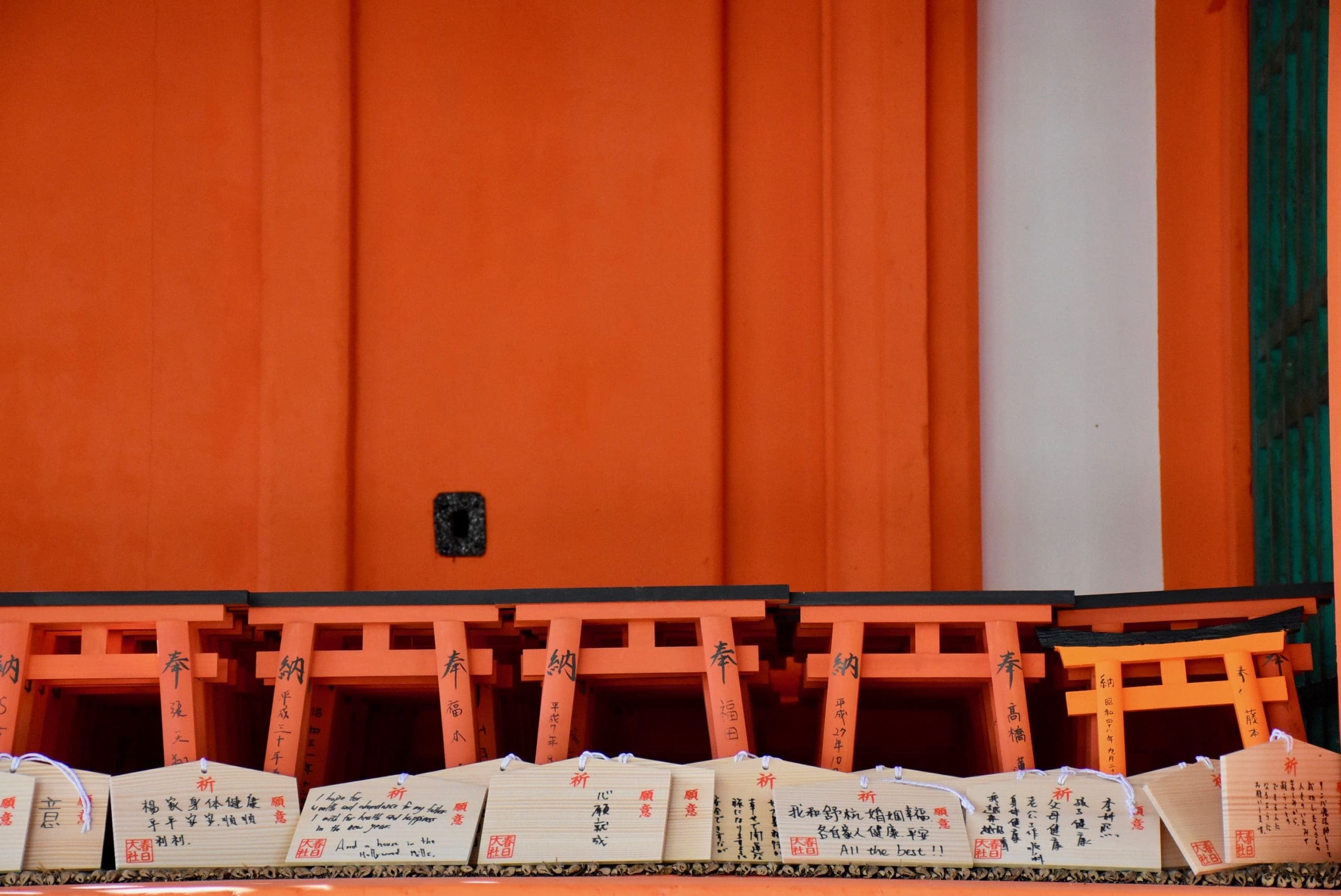
My Wishes on Ema Board
I wrote on my first Ema Board in Meiji Jingu. Located in Shibuya, Tokyo, the Shinto shrine is dedicated to the deified spirits of Emperor Meiji and his wife, Empress Shōke. I don’t have a picture of the board, but I remember writing about my wish to be able to revisit Japan.
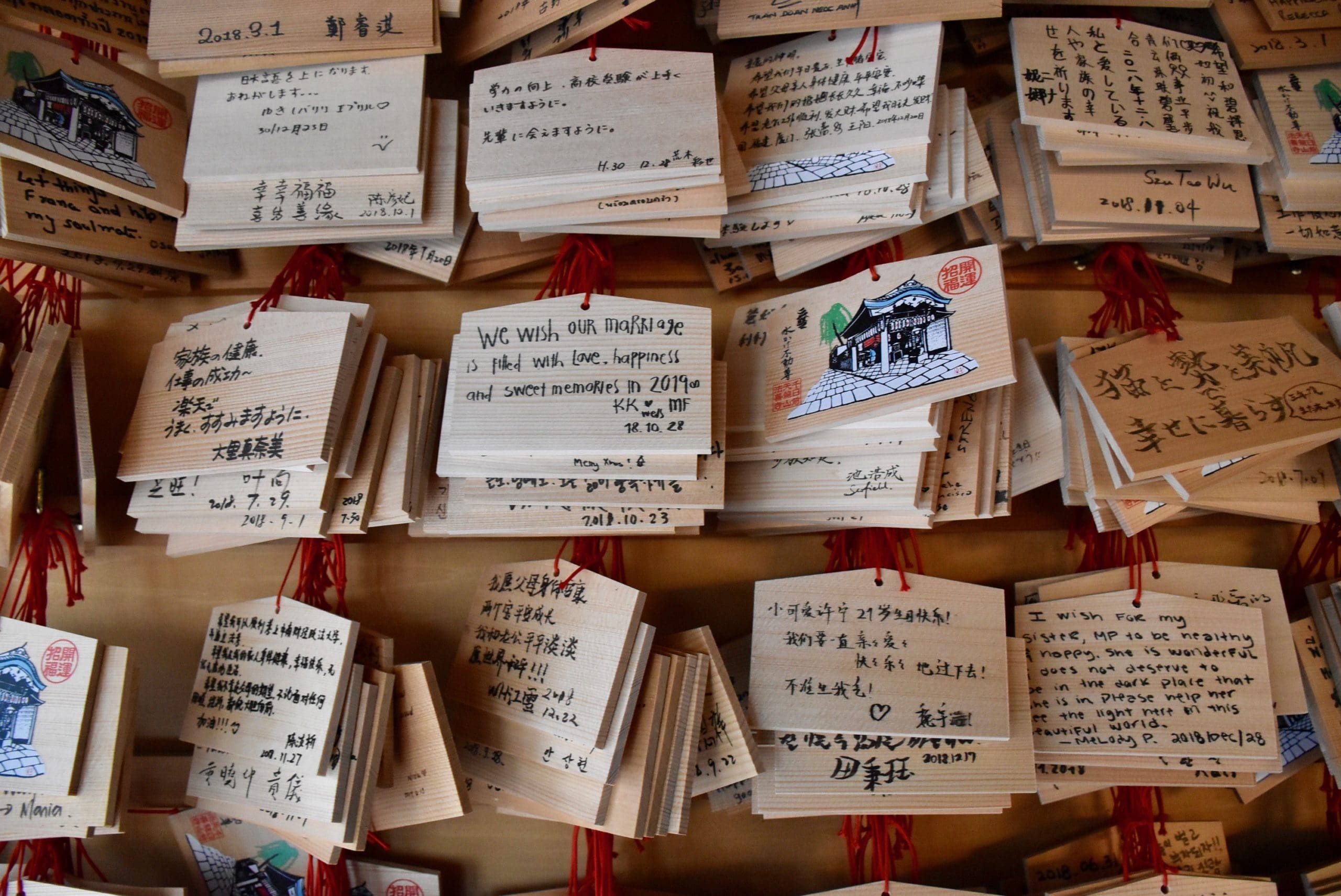
From then, with four more Japan trips ticked off, I have written on plenty of Ema boards. Most are wishing for the same thing: happiness and lots of travel. I last wrote on the Ema board at Hozenji Temple in Dotonburi, Osaka. This time, I wished for another thing: to be blessed with a happy marriage. Always and forever.
Follow me on Instagram @KultureKween for more recent updates.
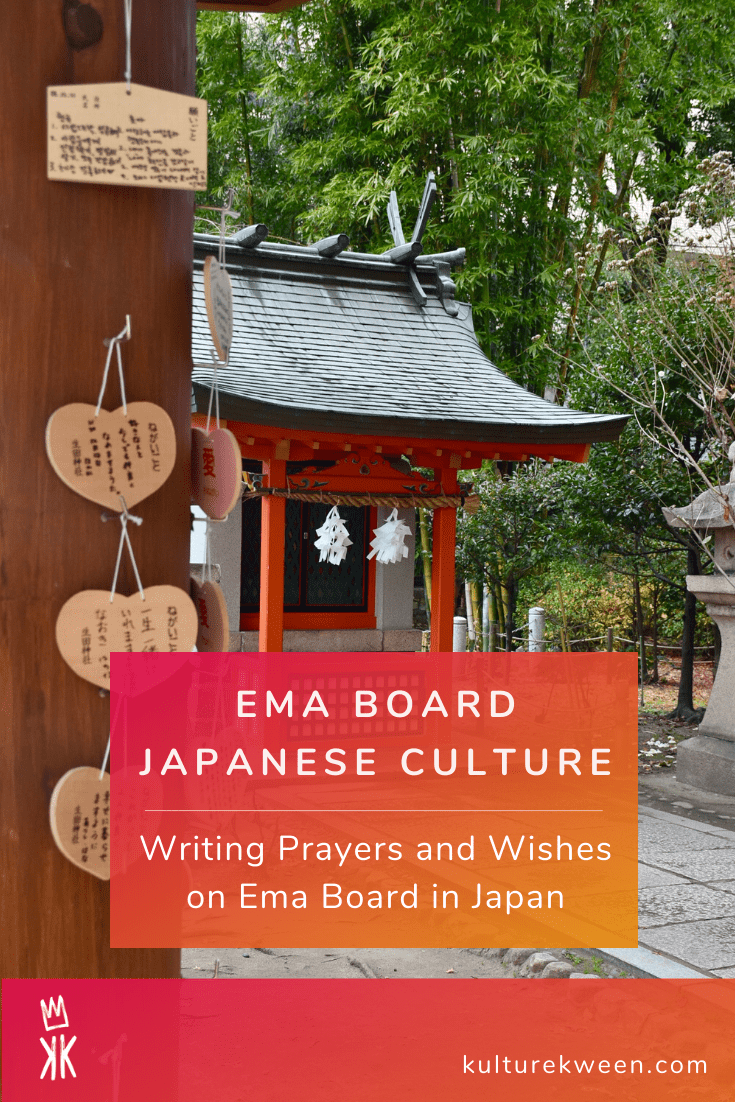
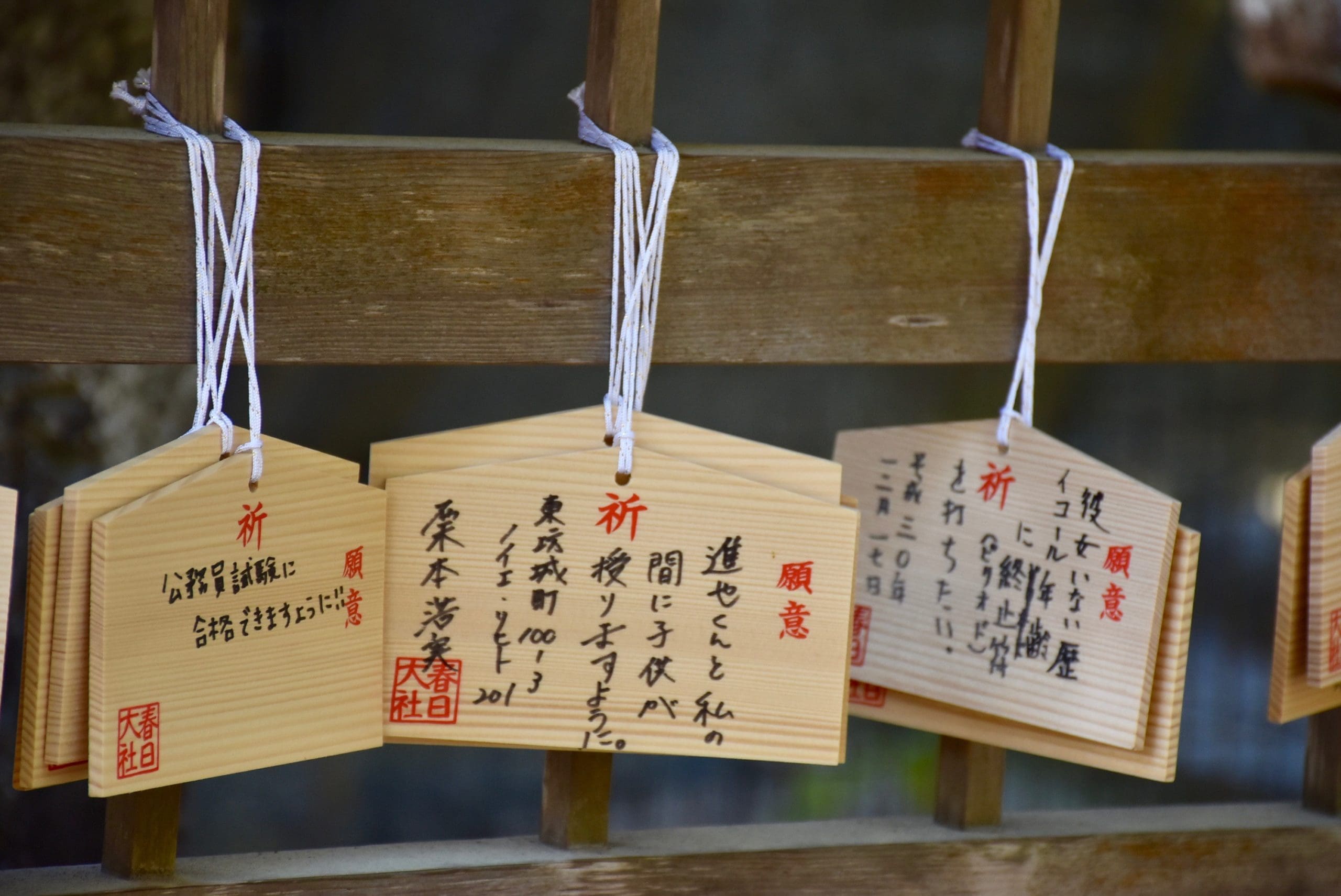
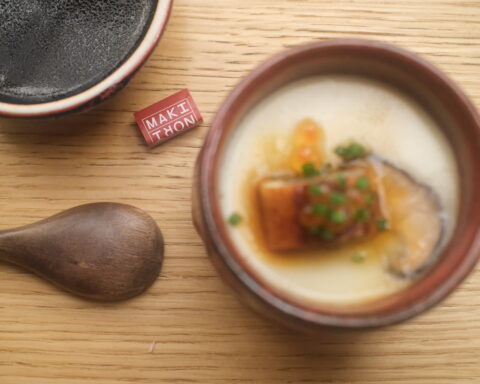
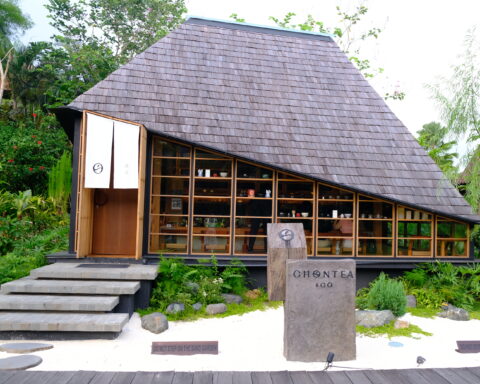
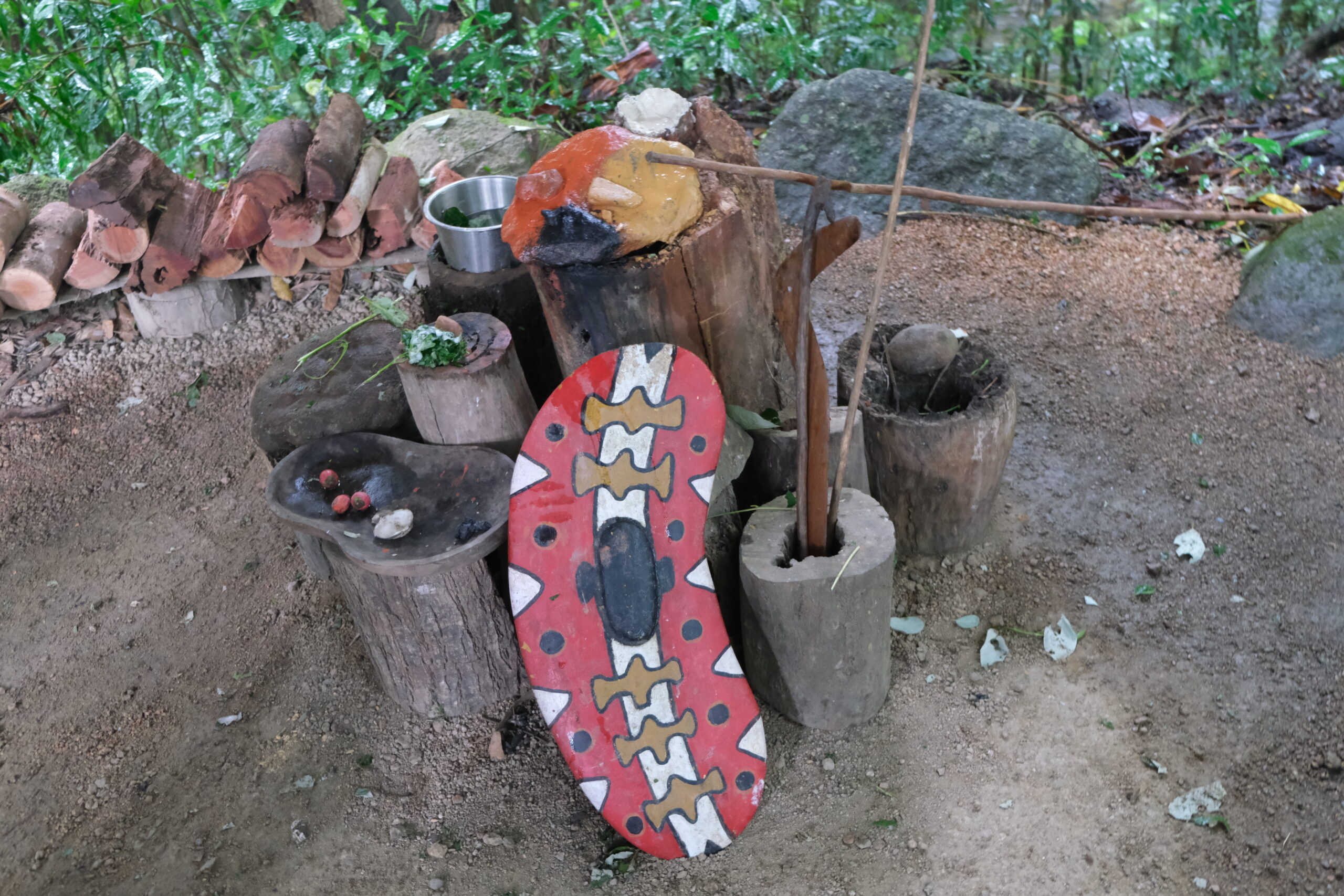
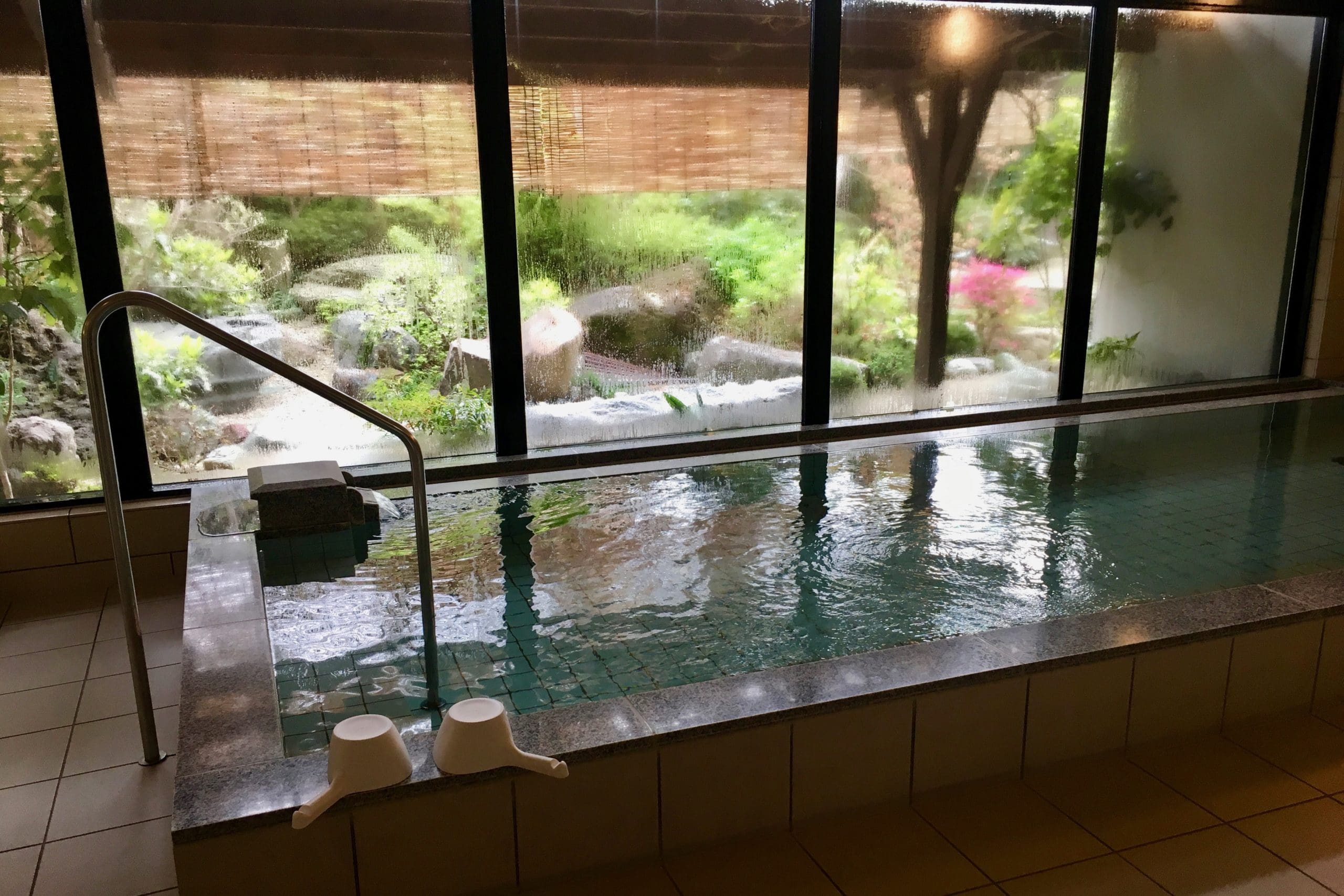
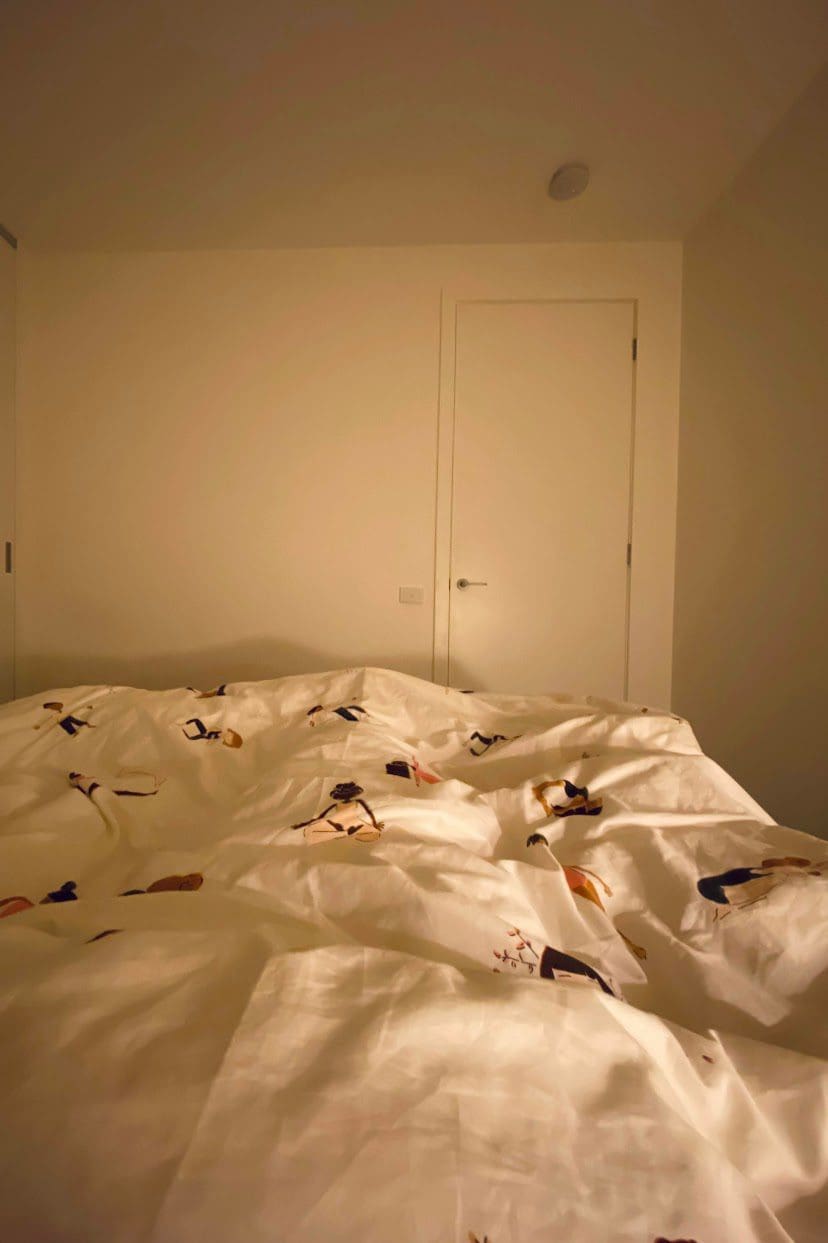
[…] I also noticed colourful miniature lanterns with written wishes attached to them, similar to the Ema boards in Japanese culture. Those wishes were made during Yeon Deung, the Korean lantern festival in Autumn last […]
[…] year’s prayer wall, where one writes their wishes and prayers ━ it reminded me of the Japanese ema board. Before leaving, I got a tea towel for my cousin who lives in Singapore from the abbey’s gift […]
[…] cardboard cathedral was designed by a Japanese architect Shigeru Ban, who has designed a similar church in Kobe post-earthquake hit. He also […]
[…] my prayers on the Ema board. You can do it in almost any shrine all over […]
[…] Writing Prayers on Ema Board in Japanese Culture […]